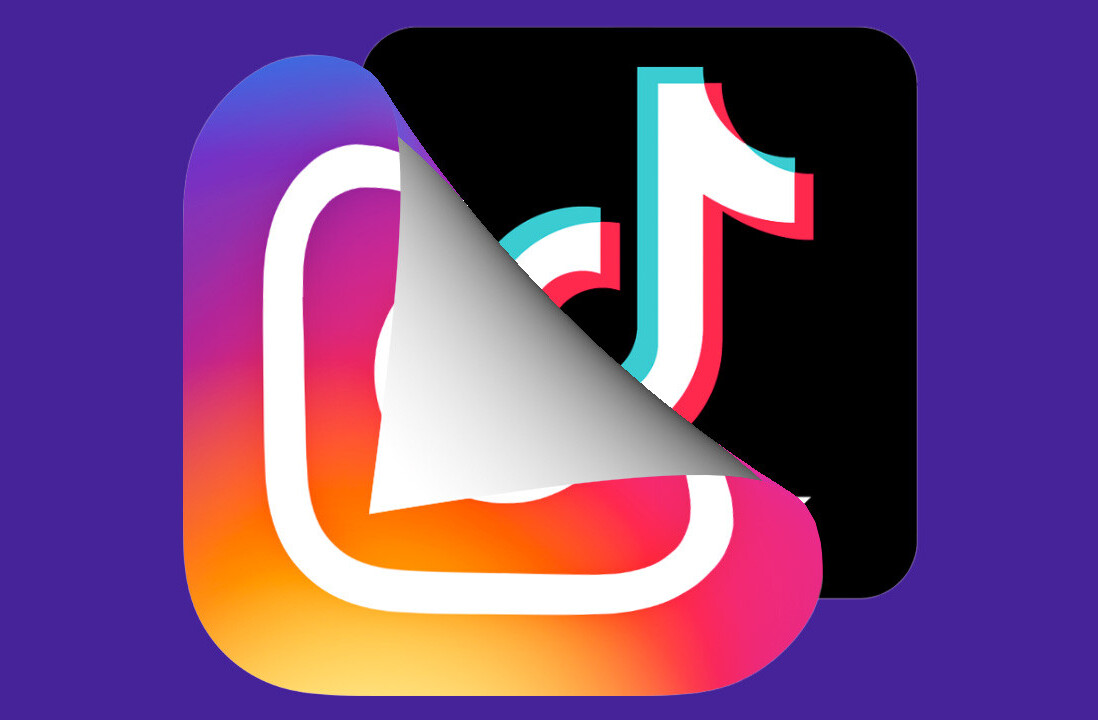
Dmitri Leonov is the VP of Growth at Sanebox, where he leads business development, sales and marketing efforts.
According to some estimates, more than 144 billion emails are sent every day, and sometimes, it seems like every one of them lands in your inbox. Even those of us who are tasked with creating email marketing campaigns aren’t immune to information overload: We all know what it’s like to be bombarded with email messages – all competing for a share of our attention during a busy day.
If it’s your job to come up with a subject line that is compelling enough to cut through all that clutter, it’s a good idea to leverage your experience as an email recipient to help you craft the perfect subject line. What gets your attention? How do you decide which emails to trash unopened and which to read?
There are tons of scientific studies that can tell you which words appear with the most frequency in successful email campaigns, and that is useful information. But when it comes to creating a compelling subject line, sometimes a simple strategy works best.
Here are some tips that can help you improve open rates:
Keep it brief
When prospects are scanning their inboxes, a short, snappy subject is more likely to catch their eye than a lengthier line.
If possible, it’s best to keep the subject line short enough to appear as one line on a smaller device screen, such as a smartphone or tablet. Keep it short and sweet to improve your click rate.
Don’t waste valuable real estate
A subject line doesn’t provide much space, so make every word count. Don’t waste space with words that don’t add much value to your message, such as “hello.”
When crafting your subject line, evaluate each word and make sure it adds value from an information standpoint or as a way to encourage readers to open the email.
Be specific
When readers are scanning new messages in their inbox, they’re generally in a hurry to respond to urgent messages or tackle the next task in their busy day.
In this state of mind, they won’t have much patience for a mystery. Cut to the chase by telling them what the message is about in the subject line.
Make it searchable
There’s a good chance your reader won’t have time to focus on your message when they first see it, so it’s wise to give them an easy way to return to the message when they have more time.
If you make the subject line searchable so readers can easily find it later, there’s a better chance that they’ll revisit your email, even if they don’t have time at first.
Include a call to action
Make sure your subject line tells the reader what he or she can do to benefit from the message – whether it’s visiting a site, making a call or just reading the message.
A brief line that summarizes the value can be highly effective, so think about what’s in it for the reader and try to convey that in the subject line.
Don’t create anxiety
While you want your readers to take action, it’s important to balance a call to action with a signal that you respect their time.
Subject lines that include phrases like “immediate response required” can come across as arrogant. Adding “FYI” or “No need to reply” can take the pressure off while still signaling that the message contains valuable information.
Include your company name
Readers will be more likely to open an email if they know who it’s from and perceive value from the sending organization. Including a company name is especially important if you already have a positive relationship with the reader.
Last year, a McKinsey Global Institute report noted that knowledge workers spend about 28 percent of their workday managing email. We all complain about email volume, and unless you manage your inbox wisely, it can seriously decrease productivity by forcing you to weed through unimportant, unwanted messages to find the emails that are worth your focus.
That said, it’s important to remember that email is how we communicate in business – the issue isn’t email itself, but inbox overload and finding a way to separate what’s mundane and annoying.
There are proven ways to tame overflowing inboxes, and every professional needs a sound strategy. But as an email marketer, your challenge is to ensure that your message makes the cut.
Since you’re an email consumer as well as an email developer, take a step back and think about what motivates you as a reader. Chances are, you respond better to messages that are brief and to the point. You want to know why you should open that message – what’s in it for you. You want to know who it’s from and how it can help you.
Write a subject line that you would open, and you’ll get a great response.
Get the TNW newsletter
Get the most important tech news in your inbox each week.




